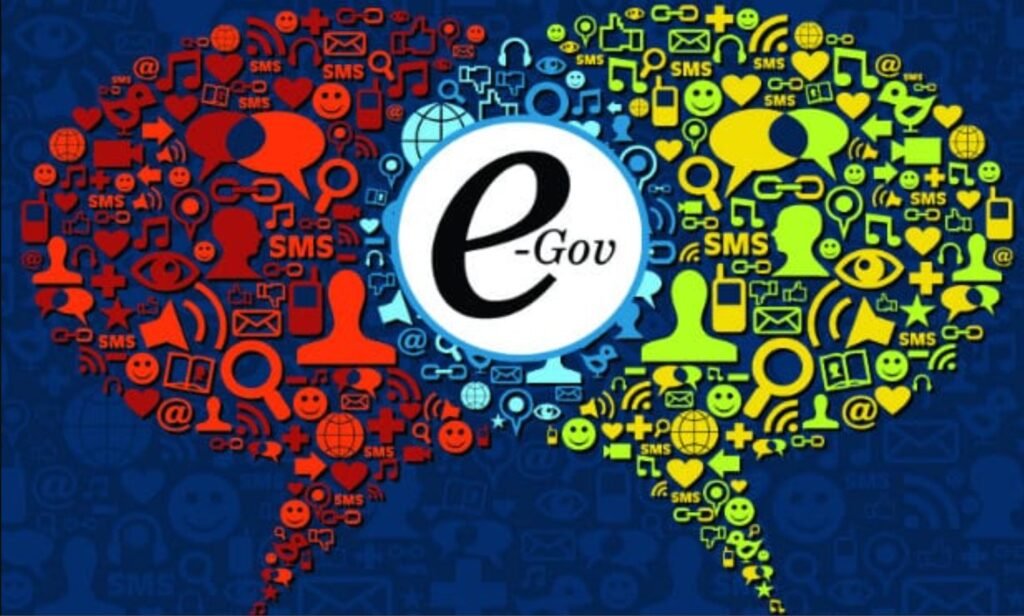Prepare for the NIELIT CCC online test with comprehensive notes on e-mail, social networking, and e-governance services. Learn about the structure of e-mail, using e-mails effectively, popular social networking platforms, basics of e-commerce, accessing e-governance services, and more. Gain insights into topics such as mailbox management, e-mail composition, forwarding and replying to messages, attaching files, netiquettes, and the UMANG app for mobile e-governance access. Enhance your knowledge and be well-equipped for the exam.
Structure of E-mail:
- E-mail (electronic mail) is a digital communication method used to exchange messages between individuals or groups.
- An e-mail consists of three main components: the header, body, and attachments.
- The header includes information like the sender, recipient, subject, date, and other metadata.
- The body contains the actual content of the e-mail message.
- Attachments can be included to send files, documents, or multimedia along with the e-mail.
Using E-mails:
Opening Email account:
- To use e-mail, one needs to create an e-mail account with an e-mail service provider.
- Popular e-mail service providers include Gmail, Outlook, Yahoo Mail, and others.
- Users can sign up for an account by providing personal information and choosing a username and password.
Mailbox: Inbox and Outbox:
- The mailbox is a storage area within an e-mail account where incoming and outgoing messages are stored.
- The inbox contains received messages, while the outbox holds messages that are waiting to be sent.
- Users can organize and manage their e-mails by creating folders or labels within the mailbox.
Creating and Sending a new E-mail:
- To send a new e-mail, users need to compose a message.
- They provide the recipient’s e-mail address, subject, and compose the content in the body.
- Additional options like formatting, attaching files, and setting the priority can be available in the e-mail client or service.
Replying to an E-mail message:
- Replying to an e-mail allows users to respond to a received message.
- When replying, the original message is quoted, and the user can compose their response below it.
- Reply options may include replying only to the sender or to all recipients of the original message (reply all).
Forwarding an E-mail message:
- Forwarding an e-mail enables users to send a received message to another recipient.
- The original message is included as an attachment or quoted within the forwarded e-mail.
Searching emails:
- E-mail clients and services provide search functionality to find specific e-mails based on keywords, sender, subject, or other criteria.
- Searching helps users locate specific messages within their mailbox quickly.
Attaching files with email:
- Users can attach files, documents, or multimedia to their e-mails.
- Attachments can be added from local storage or cloud storage services.
- File size limitations may exist, and certain file types may be restricted by e-mail providers.
Email Signature:
- An e-mail signature is a block of text or HTML that is automatically appended to the end of outgoing e-mails.
- It typically includes the sender’s name, contact information, and other relevant details.
- Signatures can be customized and may include professional information, links, or images.
Social Networking & e-Commerce:
Facebook, Twitter, LinkedIn, Instagram:
- Social networking platforms like Facebook, Twitter, LinkedIn, and Instagram allow users to connect and interact with others online.
- Users can create profiles, share posts, photos, videos, and engage in discussions and networking activities.
Instant Messaging (WhatsApp, Facebook Messenger, Telegram):
- Instant messaging apps like WhatsApp, Facebook Messenger, and Telegram provide real-time communication through text, voice, and video messages.
- Users can create groups, make voice or video calls, and share media files.
Introduction to Blogs:
- Blogs are online platforms where individuals or organizations can share their thoughts, opinions, or information through regular posts.
- Blogs allow readers to comment, engage, and interact with the blog author and other readers.
Basics of E-commerce:
- E-commerce refers to buying and selling goods or services online.
- It involves online shopping, electronic payments, and secure transactions over the internet.
- E-commerce platforms provide a digital marketplace for businesses and consumers to interact.
Netiquettes:
- Netiquette refers to the etiquette and guidelines for polite and appropriate behavior on the internet.
- It includes respecting others’ privacy, refraining from cyberbullying or trolling, using appropriate language, and being mindful of online conduct.
Overview of e-Governance Services:
- e-Governance services refer to the use of information technology to deliver government services to citizens electronically.
- Examples include online railway reservations, passport applications, e-hospitals, and other government-related services.
Accessing e-Governance Services on Mobile Using “UMANG APP”:
- UMANG (Unified Mobile Application for New-age Governance) is a mobile app that provides access to various government services and schemes.
- Users can access e-governance services, view information, and avail themselves of government benefits through a single platform.
Digital Locker:
- Digital Locker is an online service that provides a secure cloud-based platform for storing and sharing digital documents and certificates issued by government agencies.
- It enables citizens to access their important documents anytime, anywhere.
Thanks for go through the Notes on E-mail, Social Networking, and e-Governance Services. Best of luck for upcoming CCC online test.
Topic wise Notes for CCC Online Test
- Introduction to Computer Notes
- Introduction to Operating System Notes for CCC
- Word Processing Notes for NIELIT CCC Exam
- Spreadsheet Notes for CCC Test
- Presentation Notes including LibreOffice Impress for CCC
- Internet and WWW (Networking) Notes for CCC Exam
- Digital Financial Tools and Applications Notes for NIELIT CCC Test
- Future Skills & Cyber Security Notes for CCC Online Test
